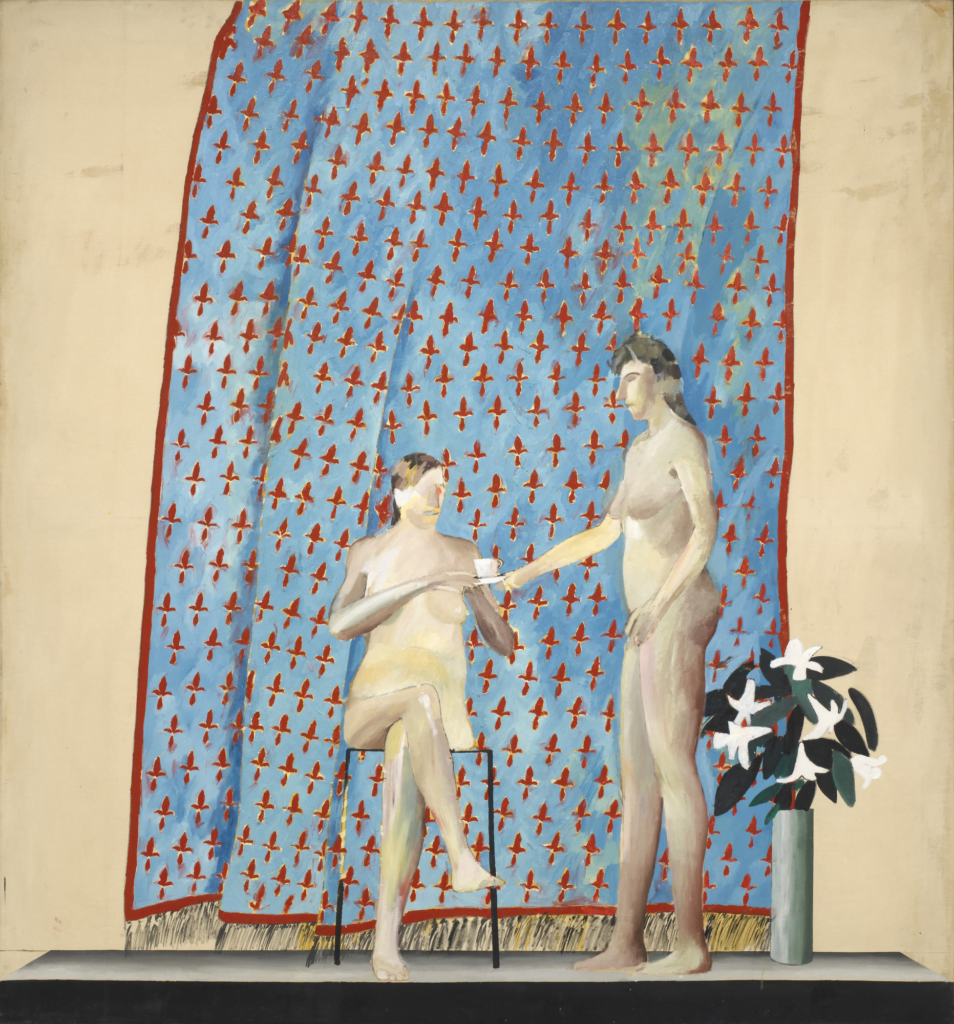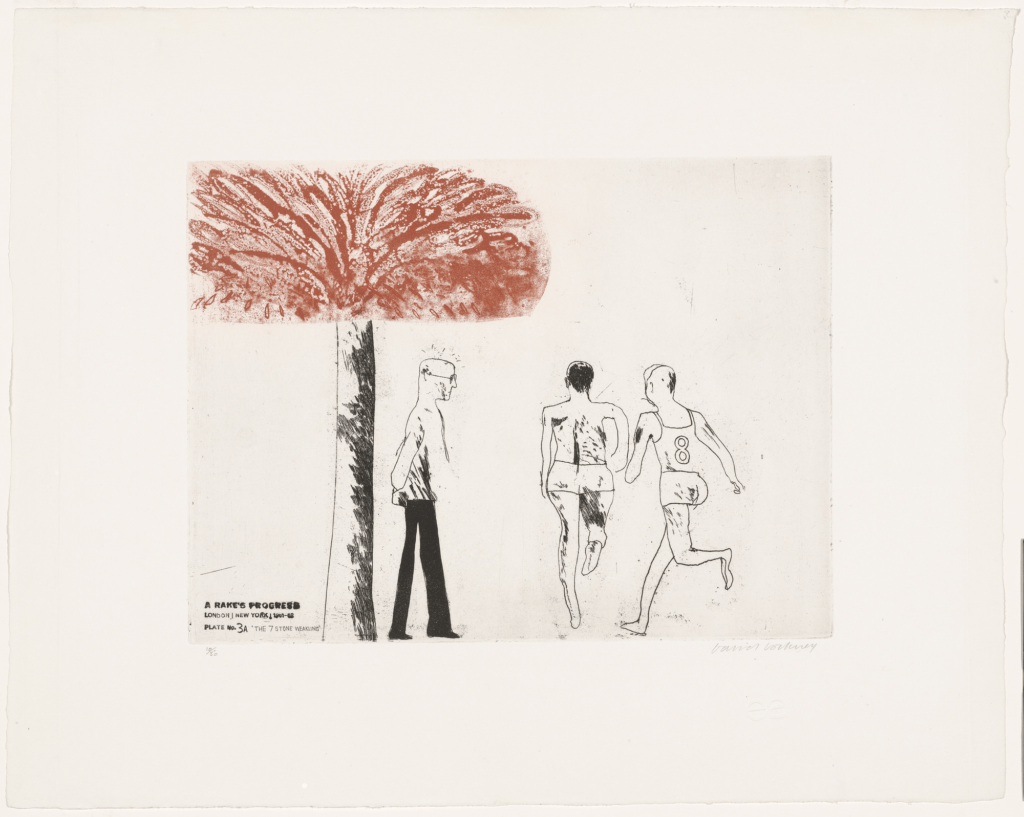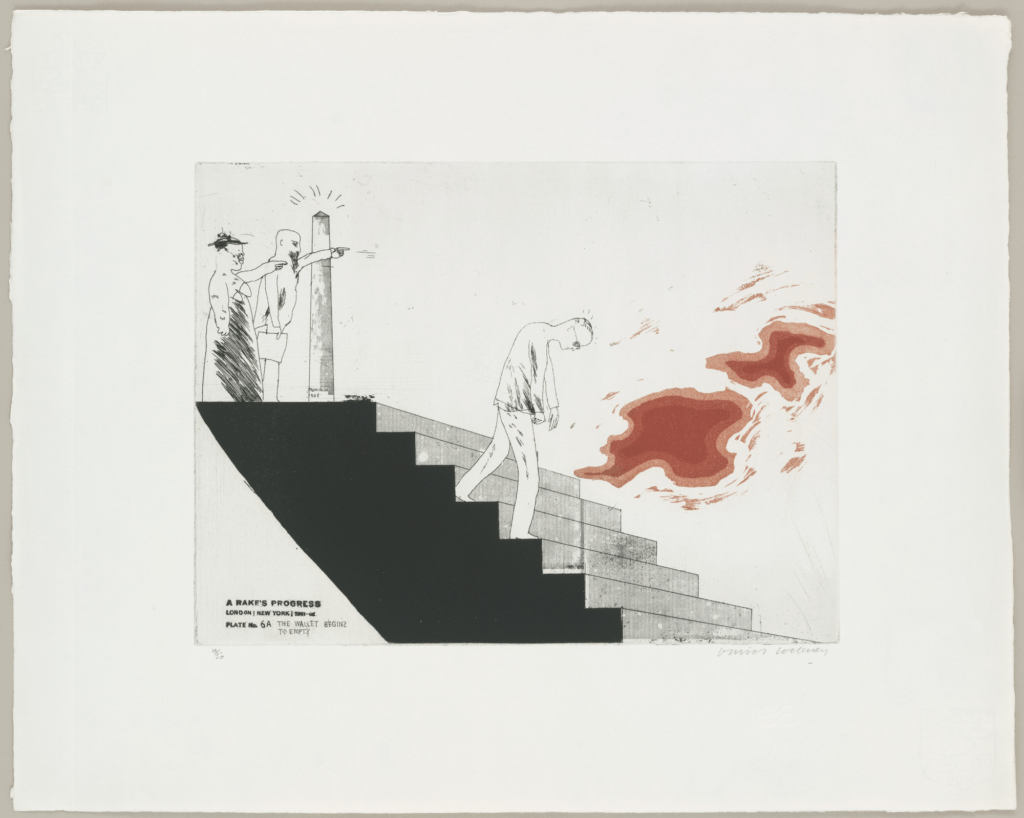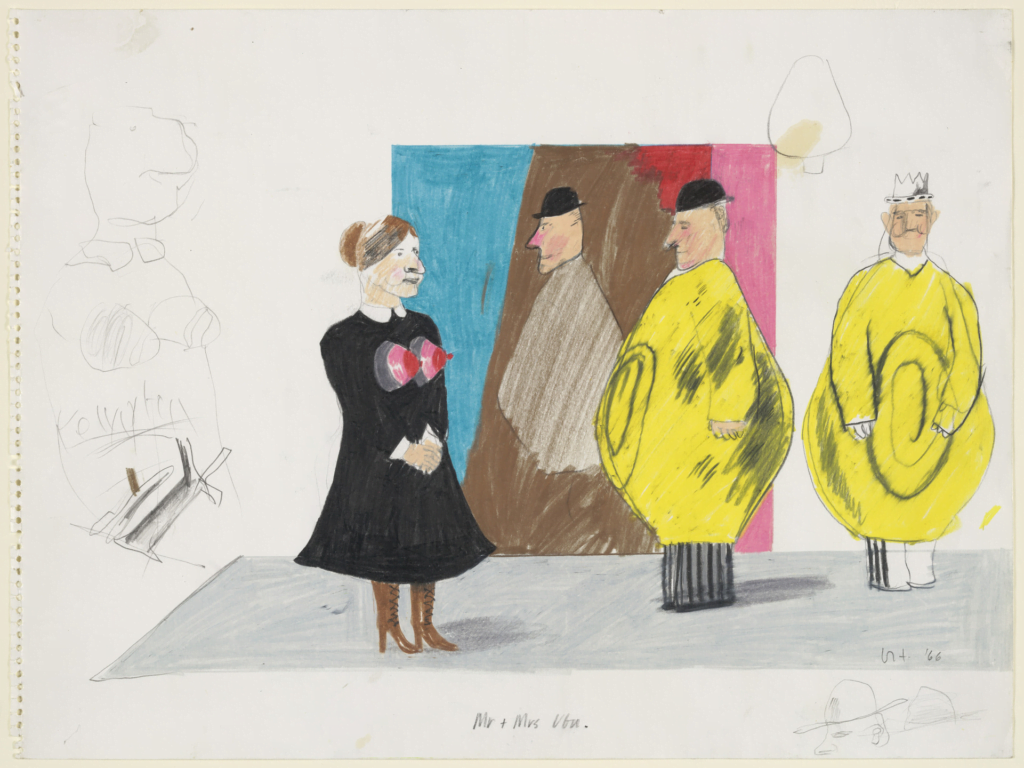Memoriesforart » Artists » David Hockney

More Facts
Name: David
Surname: Hockney
Lives & Works: Bradford
Lives in State: North-West
Nationality: England
Date of Birth: 1937
Period: Post-War
Movement: Contemporary art, Pop art
Table of Contents
Immerse yourself in the vibrant world of David Hockney, an influential artist who has shaped the face of contemporary art. David Hockney’s enduring impact on the art world is undeniable. His experimental approach to art, his continuous evolution as an artist, and his ability to meld traditional and modern techniques have made him one of the most influential artists of our time.
Hockney’s unique approach to art, combining traditional methods with new technologies, has left an indelible mark on the global art scene. He has constantly pushed the boundaries of art, experimenting with different mediums, styles, and techniques. His ability to blend the casual elegance and tranquil luminosity in his pieces has made him a beloved figure in the world of art.
His story serves as a testament to the power of creativity and the boundless potential of artistic expression. This comprehensive biography delves into his life, education, major works, and achievements, shedding light on how his personal experiences have influenced his artistic style.

David Hockney was born on July 9, 1937, in Bradford, England. He studied at the Bradford School of Art from 1953 – 1957. Hockney was the fourth of five children. His father was a conscientious objector during the Second World War, a principle that Hockney himself would adopt. His early years were marked by a love for drawing and painting, which his parents encouraged.
After his initial education at the Bradford School of Art, Hockney attended the prestigious Royal College of Art in London. Here, he was introduced to the emerging British Pop Art movement and began to incorporate its elements into his work. His early works display expressionist elements, similar to some works by Francis Bacon.
Following his graduation from the Royal College of Art, Hockney moved to Los Angeles in the 1960s. The city’s intense glaring light and sleek “California modern” aesthetic had a pronounced influence on his work. It was here he painted his famous swimming pool paintings, reflecting his fascination with water, light, and the California lifestyle.

David Hockney is an English painter, draftsman, printmaker, photographer, and stage designer. His works are characterized by their economy of technique, a preoccupation with light, and a frank mundane realism derived from Pop art and photography. As an important contributor to the pop art movement of the 1960s, he is widely regarded as one of the most influential British artists of the 20th century.

Throughout his career, Hockney has created numerous notable works.
|
1960s |
Swimming pool paintings created in Los Angeles |
His work has been characterized by a fascination with the representation of light, space, and the everyday mundane. |
|
1967 |
A Bigger Splash |
Most famous painting |
|
1972 |
“Portrait of an Artist (Pool with Two Figures)” |
It exhibits Hockney’s preoccupation with light and his frank mundane realism derived from Pop art. |
|
1980s |
‘joiners’ |
Hockney began experimenting with photography and photo collages. |
|
1986 |
“Pearblossom Hwy” |
An ambitious photocollage that showcases his innovative approach to photography. |
Hockney’s artistic style has evolved significantly throughout his career. Initially influenced by Pop Art, he later incorporated elements of Realism into his work, especially in his portraits and double portraits. His latest works involve digital media, even creating artwork using an iPad.
Many of Hockney’s subjects have been autobiographical, including portraits and self-portraits, and incidental scenes featuring his friends and his quarters. His ability to capture the essence of his subjects speaks volumes about his keen observational skills and his talent for translating emotion onto the canvas.
‘A bigger splash’ from 1967.

Shortly after graduating from the Royal College of Art, Hockney’s work was featured in the exhibition New Contemporaries, marking the arrival of British Pop art. He was associated with the movement, but his early works also displayed expressionist elements.
Even in his later years, Hockney continues to create and innovate. After experimenting with abstract landscapes during the 1990s, Hockney considered the representation of space in a series of multi-paneled works during the early 21st century. He has also been exploring new technologies, creating large-scale pieces using an iPad.
In the new millennium, Hockney continued to redefine his art. From 1999 to 2001, he used a camera lucida for his research into art history and his work in the studio. He created over 200 drawings of friends, family, and himself using this antique lens-based device. His exploration of technology in art has kept him relevant and interesting in the ever-evolving art world.
In recent years, Hockney’s work has continued to captivate audiences worldwide.
|
2012-14 |
“David Hockney: A BiggerPicture” |
His traveling exhibition “David Hockney: A BiggerPicture” (2012–14) featured many large-scale pieces, including several compelling drawings done on an iPad. |
|
2017 |
Tate Britain |
A traveling retrospective opened at Tate Britain, becoming the most-visited exhibition at that venue. |
|
2018 |
“Portrait of an Artist (Pool with Two Figures)”, |
His work sold at auction for some $90 million breaking the record for a living artist and cementing his place in the art history canon. |
Hockney has received numerous awards and recognitions for his contributions to the art world.